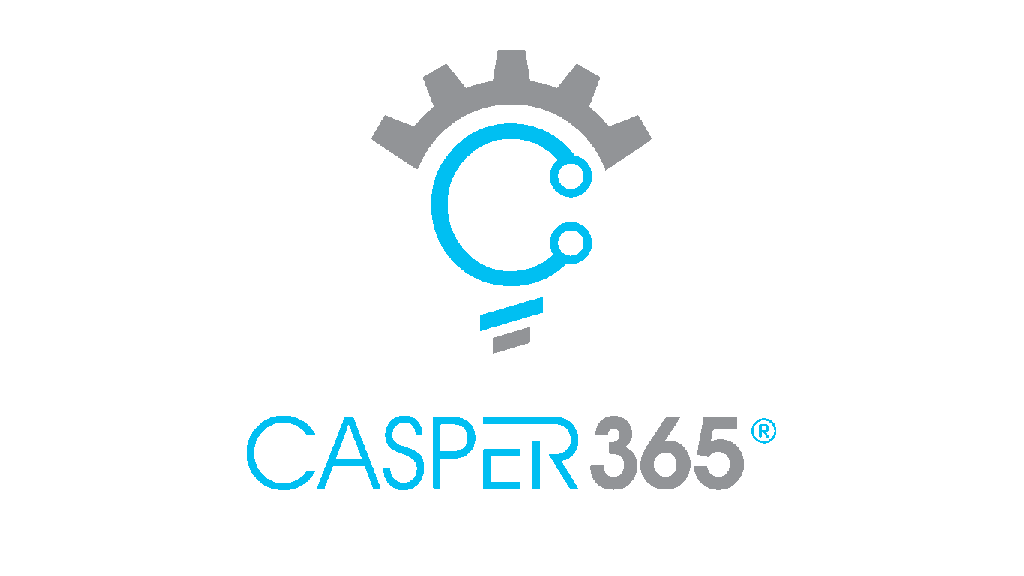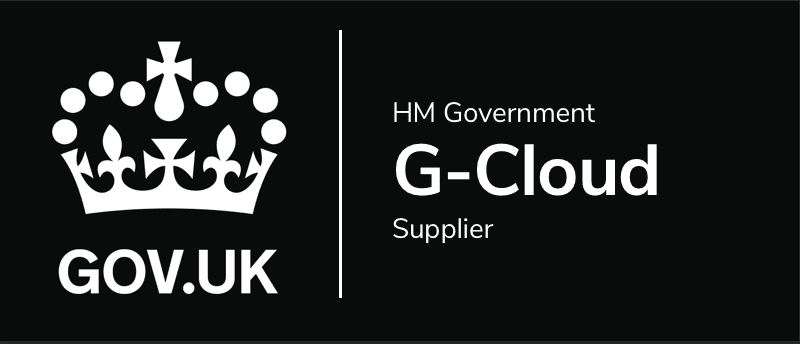 Microsoft Teams, launched by Microsoft in 2017, is a collaborative chat-centered work tool that enables staff to connect and work together as part of a team. As a feature of Office 365, Teams combines various common functions into one single unified point.
Microsoft Teams, launched by Microsoft in 2017, is a collaborative chat-centered work tool that enables staff to connect and work together as part of a team. As a feature of Office 365, Teams combines various common functions into one single unified point.
Regardless of whether you’re teaming up with colleagues inside or outside your company, Microsoft Teams creates a hub for communication and collaboration. You can store shared data in a single protected site, available for all to access. Plus, with all members gaining access to the best tools, it means, especially when it comes to meetings and calls, that they can all stay linked no matter their location.
Despite being a terrific means of collaboration, sustaining your company as a Microsoft Teams organization can be a hard task. As teams and companies grow over time and more employees are added to these new teams, locating, and sharing large amounts of data can start to become tricky. Data can get misplaced, lost in a twisted network of conversations and channels, leading team members to waste time by trying to work their way through past chats, which, as we all know, can swiftly become infuriating and disrupting to the day-to-day work life.
Here are some simple tips to help your company remain organized in Microsoft Teams, improving productivity and ensuring work-life is as stress free as possible.
Helping your company to keep Microsoft Teams structured and organised
 Microsoft Teams suggests many different approaches for communication within a team and its team members. These approaches are fantastic as they allow the team the openness to select the approach that works the best for them. However, if a member wants to find a certain discussion later on, perhaps to recap on a specific topic, they may need to resort to looking in many different areas just to find this one piece of data. However, a couple of ways to prevent that is by bookmarking messages and using channels to coordinate conversations.
Microsoft Teams suggests many different approaches for communication within a team and its team members. These approaches are fantastic as they allow the team the openness to select the approach that works the best for them. However, if a member wants to find a certain discussion later on, perhaps to recap on a specific topic, they may need to resort to looking in many different areas just to find this one piece of data. However, a couple of ways to prevent that is by bookmarking messages and using channels to coordinate conversations.
Bookmarking messages is a very useful component that permits you to save a specific message, or perhaps more precisely, the exact point needed in the chat, by simply clicking on the 3 dots ‘…’ menu next to that specific message.
However, if a team member needs to recollect all their saved messages, then they can just click on their profile picture in the top right and choose ‘Saved’. This provides a list of all the saved points in the left-hand view. Then, if they click on them, it will take the member back to the moment in that conversation that they saved it.
Another way to prevent your team members from searching through multiple chats to find specific data is by using channels to coordinate conversations. When a team is first formed, you must think about how the members/ company wants it to be used. What sorts of discussions will they have? What kinds of projects will it be used for? Make sure the channels have been created to sustain these questions. When naming the channels, use explanatory names so that it’s straightforward for team members to see and know how they might be needed to contribute. If your company has already been utilising tools such as Yammer, Planner, etc in their daily work, then it’s a good idea to add those tools as tabs in the team’s channel.
Once the team is established, channels can be used to split the teams into smaller groups. Things like projects or topics are useful to be used as channels to coordinate team interactions. If your company/teams keep their channel list smooth and understandable, then it will help prevent any communication misunderstandings. You could also think about setting up private channels if you have specific members who need to focus on exclusive projects or jobs.

Image | Microsoft
Acquire Planner Notifications in your Teams
In each Teams Channel, the team can help coordinate and schedule their daily/weekly assignments by adding Planner tabs. Individually or together, they can then work on the plan from inside Teams or by using Planner for web, whilst being able to delete or erase the plan. As soon as a member get assigned a task in Planner, a team’s notification will pop up.
This offers a great way to handle and designate tasks within each team, all whilst being maintained from inside the Team space.
Hopefully these handy tips have helped your teams stay organized and allowed them to gain back some much-needed time! If you are interested in learning about other best practices for the Microsoft Teams organization, then check out some of our earlier blogs below or get in touch with us today!
https://businesscloudintegration.co.uk/introducing-webinars-and-powerpoint-live-in-microsoft-teams











